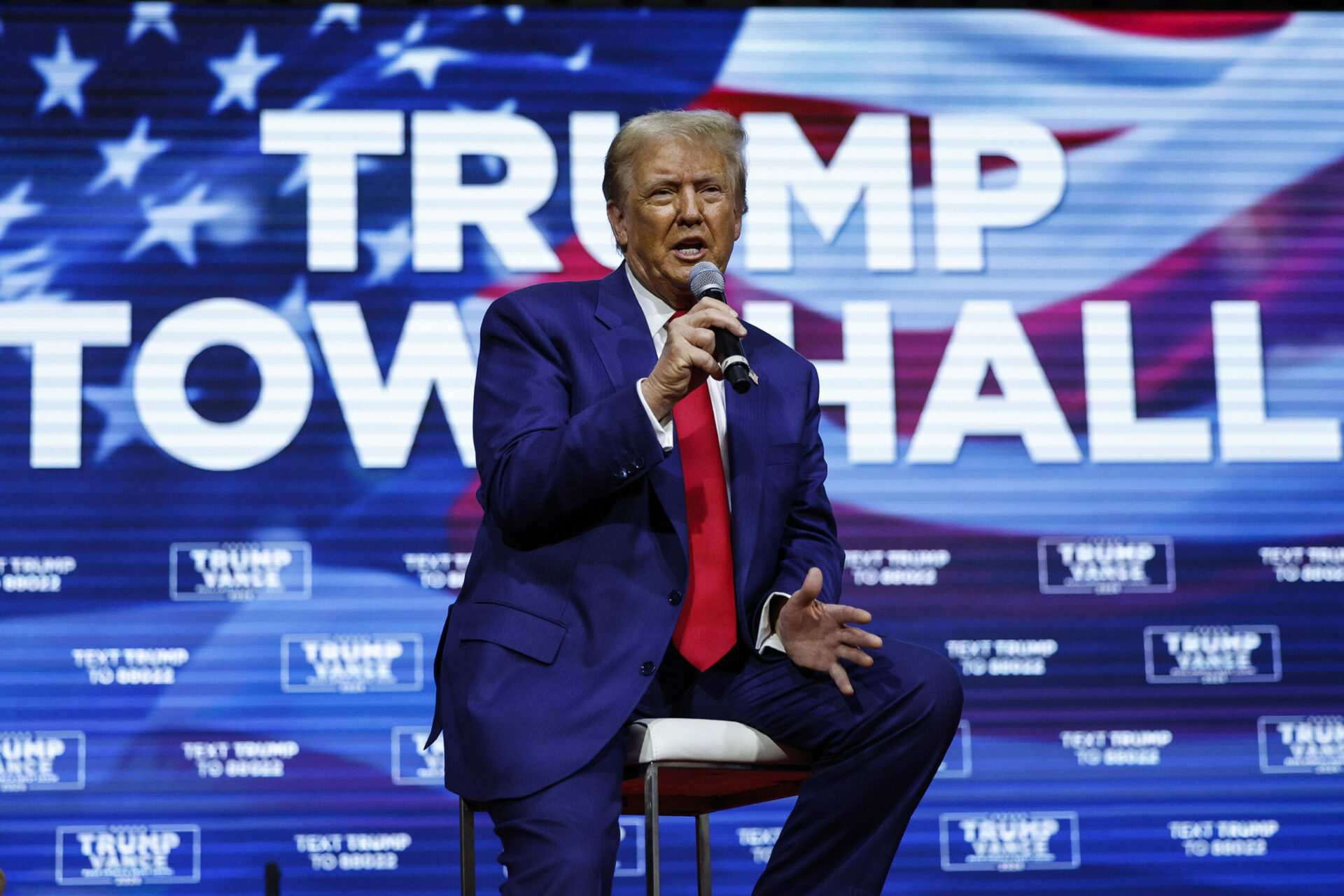
This article was originally published by Radio Free Asia and is reprinted with permission.
U.S. Republican presidential candidate Donald Trump has reignited debate over defense cost-sharing with South Korea, saying that if he were in the White House, Seoul would be paying US$10 billion a year to station U.S. Forces Korea, or USFK, in the country.
The former U.S. president’s remarks come on the heels of a recently concluded defense deal between the two nations, set to increase South Korea’s contributions for defense cost-sharing, but far from the figure Trump insists he could achieve.
“If I were there now, they’d be paying us $10 billion a year. And you know what? They’d be happy to do it,” the former president said during an interview at the Economic Club of Chicago on Tuesday, calling South Korea a “money machine.”
“We have 40,000 troops in harm’s way, very serious, because you have North Korea’s very serious power. They have tremendous nuclear power,” said Trump. “I said to South Korea, ‘You’re going to pay,’ and they agreed to do it, and Biden then cut it back. And it’s a shame.”
Earlier this month, the U.S. and South Korea concluded their negotiations over a defense cost-sharing deal, called the Special Measures Agreement, or SMA, to determine Seoul’s share of the cost for the upkeep of USFK.
Since 1991, South Korea has partially shouldered costs under the SMA for Korean USFK workers, the construction of military facilities and other logistical support.
Under the new deal, which will last through 2030, South Korea is to pay 1.52 trillion won ($1.14 billion) in 2026, up from 1.4 trillion won in 2025. The deal links an annual increase in the country’s SMA contributions to the South Korean Consumer Price Index.
The current agreement does not expire until the end of 2025, but it was widely reported that both sides felt a sense of urgency to accomplish the deal ahead of a possible second Trump administration.
Negotiations over the SMA strained the alliance during Trump’s presidency as he demanded South Korea pay up to 400% more for the presence of USFK from 2026.
The Trump administration largely negotiated the terms of the last agreement, but it did not go into effect until March 2021, just months after President Joe Biden took office, which allowed the Biden administration to make changes that got the agreement to its final state.
Despite the conclusion of the negotiations for the new agreement, concerns have resurfaced that if Trump is elected in November, he may push for a renegotiation of the deal.
In August, a former U.S. national security adviser H.R. McMaster said in his memoir that Trump wanted South Korea to cover all costs for the stationing of USFK at a key military base as well as a “profit margin” during his presidency.
Separately, in May, Trump suggested that the U.S. could pull its troops out of South Korea if the Asian ally did not make more financial contributions to support them.
Advocates assert that maintaining a significant U.S. troop presence on the Korean Peninsula is vital for strengthening the alliance between the two nations. They say these troops play a key role in deterring potential threats from North Korea, as Kim Jong Un’s regime continues expanding its nuclear arsenal.
Additionally, they reinforce the U.S. presence in the region, helping to counter China’s growing aggression.
But there has also been domestic criticism in South Korea that the SMA places an undue financial burden on the country, particularly with increasing U.S. demands for higher contributions. Critics argue that South Korea already covers a fair share of costs for USFK, and further hikes could strain the national budget and weaken public support for the alliance.
Some also question whether the funds directly benefit South Korea’s security or are used for broader U.S. military objectives.
TK
Source: American Military News Rephrased By: Trump Knows